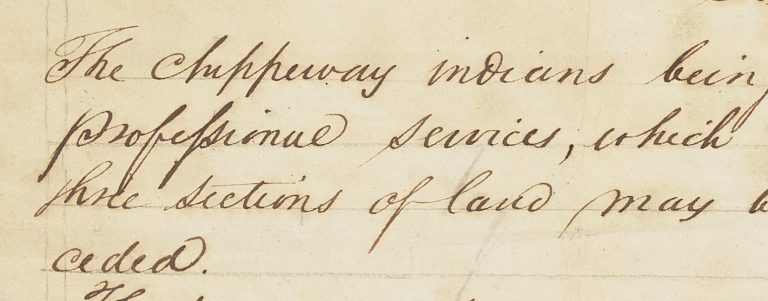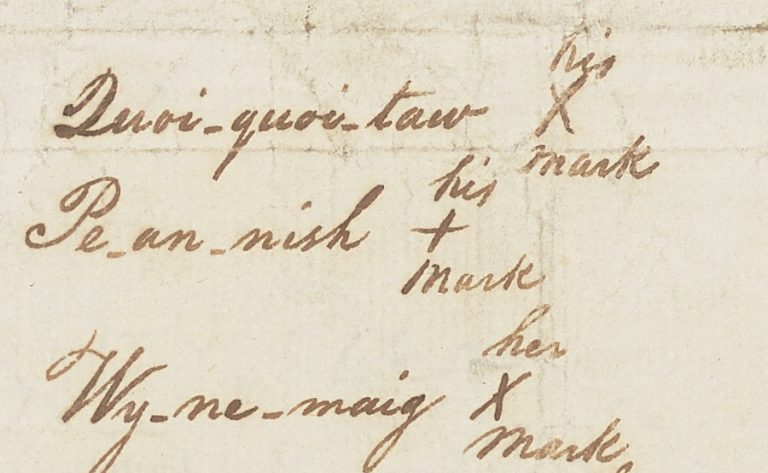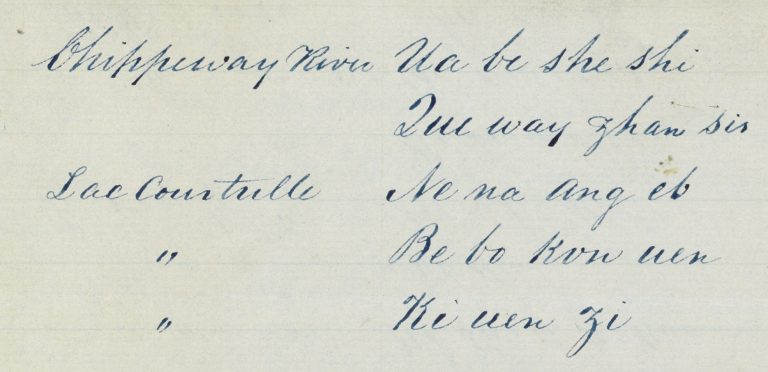What is a Treaty?
In the 1800s, tribal nations and the United Stated entered into many treaties. A treaty is an agreement between two independent nations and is upheld by the U.S. Constitution. A nation is a group a people living under their own independent government. The United States… Read More








